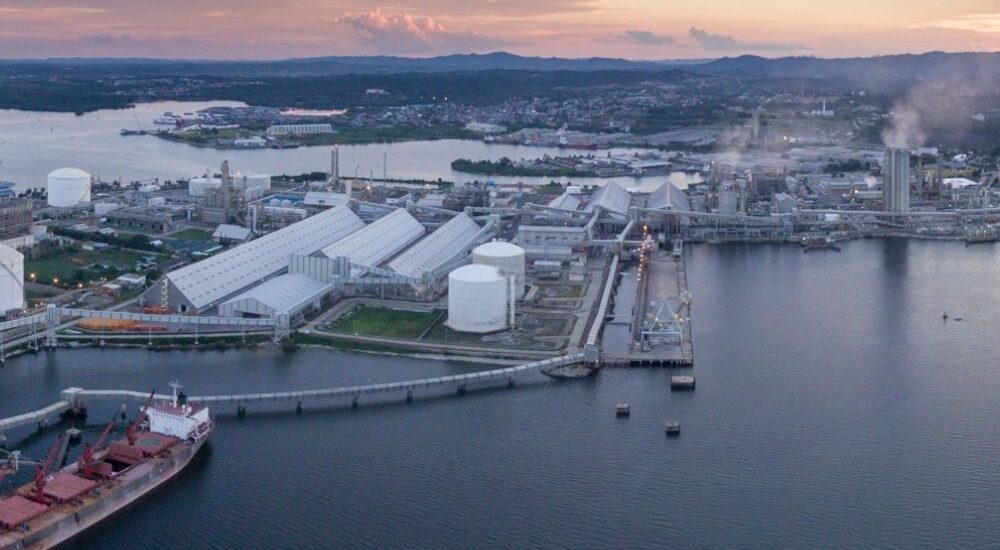Indonesia’s state-owned firms sign green hydrogen deal with Germany’s AGI
- August 29, 2023
- Posted by: Quatro Strategies
- Categories: Asia Pacific, ESG & Renewable Energy, Europe

Indonesian state-owned companies are embarking on a partnership with Germany’s Augustus Global Investments (AGI) to establish a green hydrogen production plant in Indonesia’s Aceh province. The ambitious project aims to construct a green hydrogen production facility with a capacity of 35,000 tons per year, spanning an area of approximately 50 hectares. The estimated development cost of the plant varies between $400 million and $700 million, depending on the chosen mode of transporting green hydrogen, whether in compressed, liquid, or alternative forms.
The collaboration involves agreements between AGI and Indonesian state-owned fertilizer firms, Pupuk Indonesia and Pupuk Iskandar Muda, for securing land for the green hydrogen production project. Additionally, a separate agreement has been established with state-owned utility company PLN to ensure a steady supply of renewable energy for the plant’s operations.
The project is set to be situated in the Arun Lhokseumawe special economic zone (SEZ) in Aceh, selected due to its abundant renewable energy resources and strong government support. This location is strategic as it offers favorable conditions for green hydrogen production and access to global trade routes.
Indonesia is poised to leverage its substantial renewable energy potential and government backing to become a significant player in the green hydrogen sector. The nation’s proximity to international trade routes is seen as a valuable asset in its bid to develop a robust green hydrogen industry.
Currently, Indonesia consumes approximately 1.75 million tons of hydrogen annually, with notable utilization in the urea sector. The nation is looking to initiate decarbonization efforts in its transportation sector by 2031 and in the industrial sector by 2041, in alignment with its broader sustainability goals. The partnership with AGI signals Indonesia’s commitment to advancing its green energy transition and fostering a green hydrogen economy.
Interested in learning more?
Sign up for Top Insights Today

Top Insights Today delivers the latest insights straight to your inbox.
You will get daily industry insights on
Oil & Gas, Rare Earths & Commodities, Mining & Metals, EVs & Battery Technology, ESG & Renewable Energy, AI & Semiconductors, Aerospace & Defense, Sanctions & Regulation, Business & Politics.


